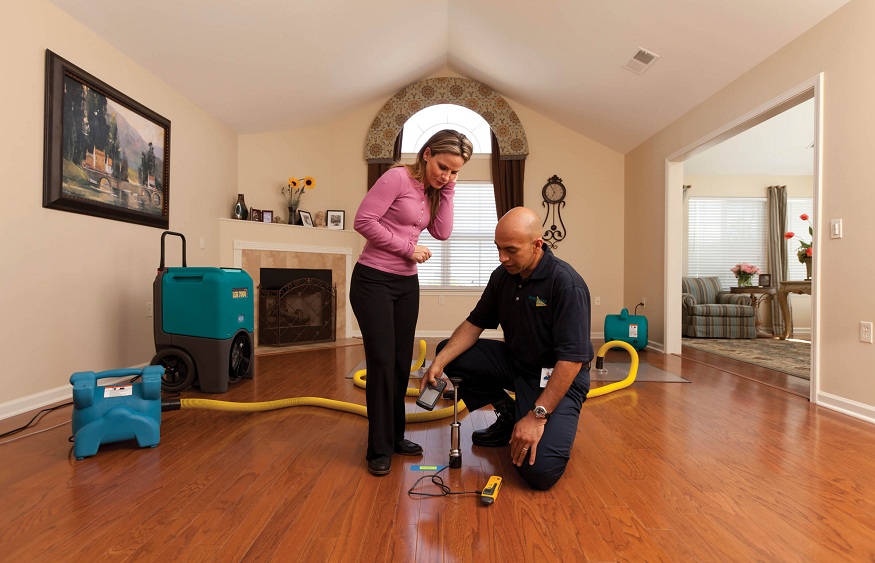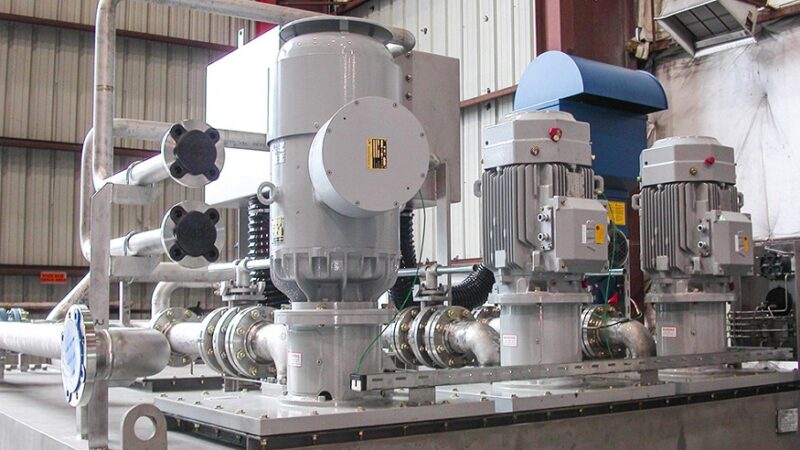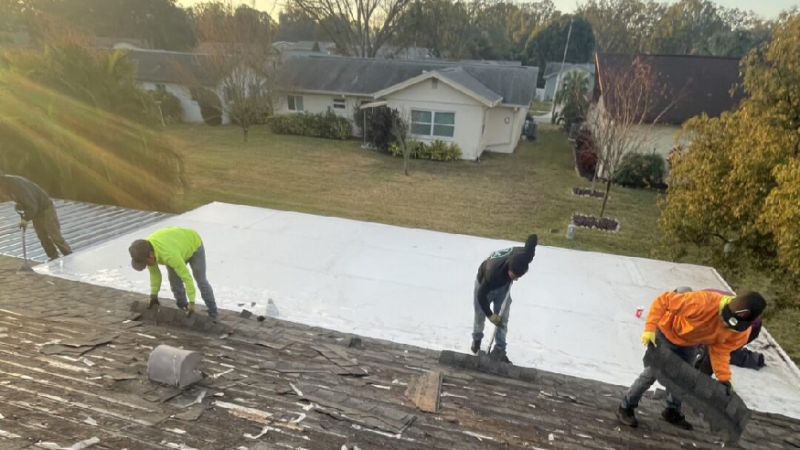How Long Does It Take to Restore a House After Flood Damage

When a flood hits, it leaves more than just water in its wake; it disrupts lives and homes, raising a critical question for homeowners: How long will it take to restore normalcy? For residents in Toronto, where flooding can be a significant concern, understanding the timeline for flood damage repair is essential. This process is not just about removing water; it’s a comprehensive effort involving drying, repairing, and restoring, often managed by professional restoration companies.
The Initial Response: Assessing the Damage
The journey to restoration begins with an assessment of the damage. A professional flood damage repair company in Toronto will typically respond quickly, but the initial assessment can vary in duration. It involves a thorough inspection of the property to gauge the extent of the damage, which is crucial in outlining the restoration roadmap. The severity of the Toronto flooding, the size of the affected area, and the type of water (clean, gray, or black) all play a role in this assessment phase.
The Water Removal Process
The water removal process is a critical and time-sensitive stage in the restoration of a house following flood damage. This phase is about much more than just getting rid of the visible water; it’s about laying the foundation for the entire restoration effort. In cities like Toronto, where flooding can be extensive, the efficiency and thoroughness of this step are paramount.
When a flood damage repair company in Toronto begins the water removal process, they bring in powerful, specialized equipment. This includes submersible pumps and industrial-strength wet vacuums, designed to handle large volumes of water quickly and efficiently. The choice of equipment depends on the severity of the flooding – deeper water may require more robust pumps, while less severe cases might be addressed with smaller, more maneuverable equipment.
One of the challenges in this phase is accessing water in hard-to-reach areas. Water has a way of getting into every nook and cranny, under floors, behind walls, and in crawl spaces. Professionals use moisture detectors, hygrometers, and other specialized tools to identify these hidden pockets of water. Removing water from these areas is crucial to prevent the long-term effects of water damage, such as mold growth and structural weakening.
Another aspect that adds complexity to the water removal process is the nature of the water involved. Floodwaters can be categorized into three types: clean water (from rain or leaky pipes), grey water (from appliances, containing chemicals or soap), and black water (heavily contaminated, often from sewage). The type of water dictates the necessary safety measures and disposal methods. Black water, in particular, requires careful handling due to its potential health hazards.
The duration of the water removal process can vary significantly. In a best-case scenario, where the flooding is minimal and confined to a small area, water removal might take only a day or two. However, in more severe cases, such as widespread Toronto flooding, the process can take several days. The duration is also affected by factors like the layout of the house, the materials used in its construction, and the weather conditions during and after the flood.
Throughout this process, the goal is not only to remove water but also to prepare the house for the next crucial stages of drying and dehumidifying. It’s about creating a clean slate from which the restoration process can successfully proceed. This is why the water removal stage is so crucial and why it requires the expertise and equipment of a professional restoration company.
Drying and Dehumidifying: The Critical Phase
After water removal, the focus shifts to drying and dehumidifying. This phase is crucial in preventing mold growth and further structural damage. The duration here varies greatly depending on the extent of the water damage and the building’s materials. Drying out a house can take anywhere from several days to a few weeks. A professional restoration company in Toronto will use industrial-grade dehumidifiers and air movers to expedite the process while monitoring moisture levels to ensure thorough drying.
Repair and Restoration: The Path to Normalcy
The repair phase is where your house starts to look like a home again. This stage can be the most time-consuming, depending on the extent of the damage. Simple repairs like painting and replacing carpets can be quick, but more significant repairs, such as rebuilding entire rooms or replacing electrical systems, can extend the timeline significantly.
The Role of a Professional Restoration Company
Choosing a reputable and experienced restoration company is vital. They bring expertise and resources to manage the restoration efficiently. A good company will provide a realistic timeline and keep you informed throughout the process. They also handle the complexities of Toronto flooding, ensuring that all repairs meet local regulations and standards.
The Overall Timeline: A General Overview
So, how long does it take to restore a house after flood damage in Toronto? While it’s difficult to provide a one-size-fits-all answer due to the variables involved, a general timeline can be estimated:
- Assessment: 1-2 days
- Water Removal: 1-3 days
- Drying and Dehumidifying: 1-2 weeks
- Repair and Restoration: 1 week to several months
Conclusion: Patience and Professionalism in Restoration
Restoring a home after flood damage is a process that requires patience and professionalism. Each step, from assessment to complete restoration, is crucial in ensuring your home returns to its pre-flood state. While the desire to expedite the process is understandable, it’s important to allow ample time for each phase, ensuring thorough and lasting repairs. With the help of a skilled flood damage repair company in Toronto, homeowners can navigate the aftermath of flooding with confidence, knowing that their home is on its way to recovery.






